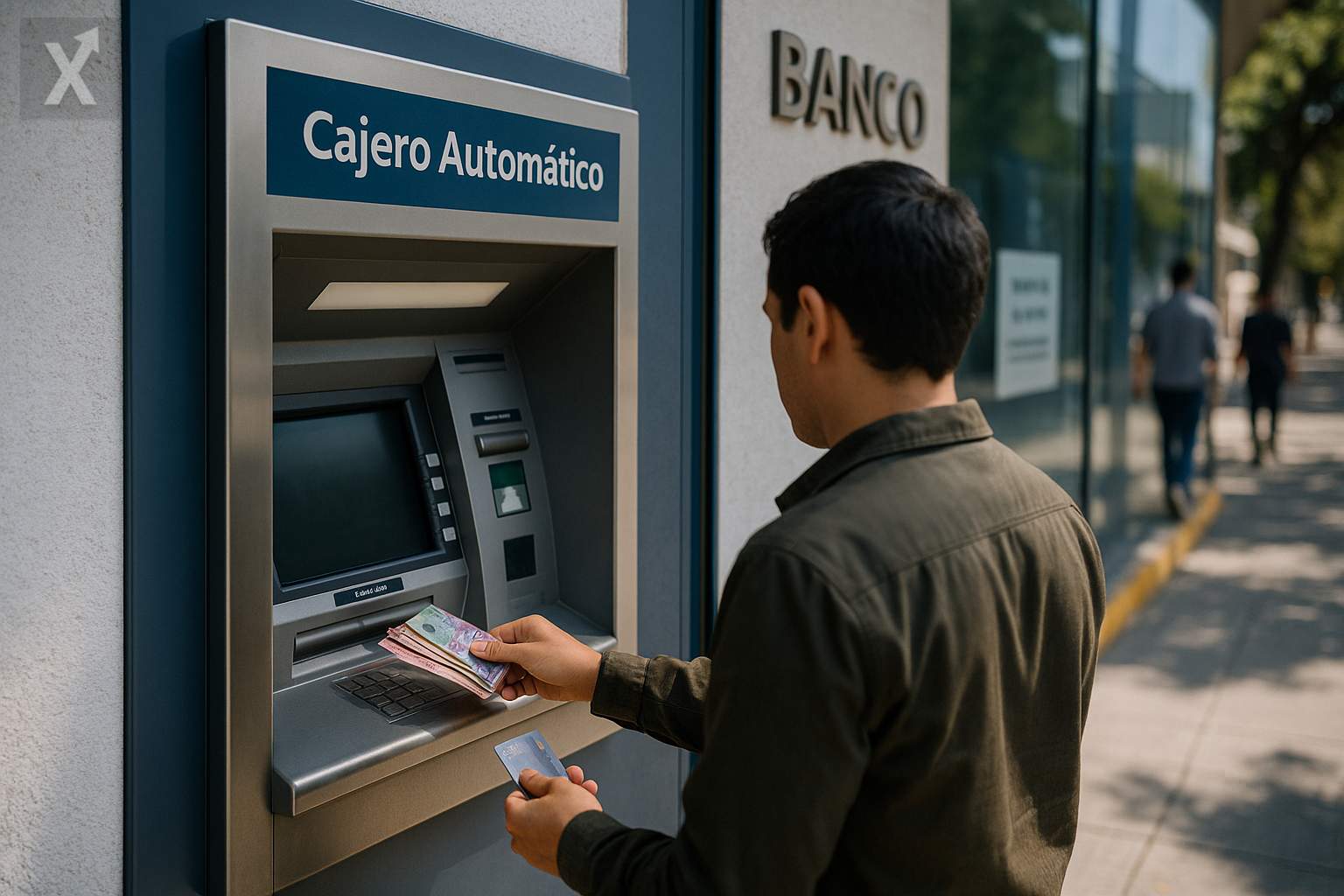BBVA’s Takeover Bid for Sabadell Fails; Group Preserves Capital and Sharpens Focus on Key Markets Like Mexico

Spain’s National Securities Market Commission (CNMV) announced that BBVA’s hostile public tender offer for Banco Sabadell is now void, having received just 25.33% acceptance of Sabadell’s capital—below the minimum set by the bidder. This result puts an end to the consolidation attempt that could have created one of Europe’s largest banking groups, after months of tensions between the parties and reluctance from the Spanish government, which argued that such a deal could decrease competition and impact employment.
For Mexico, where BBVA operates through BBVA México and concentrates a substantial share of the group’s profits, the outcome means operational and strategic continuity. The Mexican subsidiary—leader in assets, lending, and profits—will keep its business plan unchanged. At the corporate level, the capital that will no longer be allocated to a complex integration in Spain can now be redirected to organic growth, tech investment, and, subject to regulatory approval, potential shareholder distributions. Practically speaking, customers in Mexico should not expect any changes to products, channels, or service as a result of this decision.
Analysts had warned that the takeover bid faced significant hurdles: opposition from Sabadell’s board, political pressure, and a highly dispersed shareholder base. According to Spanish rules, intermediate acceptance levels would have forced BBVA to launch a second offer. Now that the window has closed, BBVA preserves financial flexibility, allowing it to deepen its presence in markets where it already has scale—including Mexico and Latin America, regions that have been key drivers of the group’s recent results.
The local landscape brings opportunities but also demands caution. Mexico’s economy has slowed its growth compared to 2023, supported by nearshoring-related investment, resilient consumer spending, and public spending on infrastructure. The banking sector remains well-capitalized and liquid, with manageable delinquency levels, although risk is normalizing in consumer segments after a credit boom in recent quarters. At the same time, Banxico’s monetary policy cycle is shifting gradually toward easing from high levels, which could slowly lower borrowing costs, though inflation trends remain a key consideration.
In this environment, BBVA’s decision to preserve capital could translate into greater capacity to finance productive projects in Mexico—such as supply chains relocating to the north and Bajío regions, expansion of industrial parks, working capital needs for SMEs, and, as rates decrease, potentially more dynamic mortgage lending. There is also room for further digitalization—an area where BBVA México has already achieved scale—by investing in cybersecurity, analytics, and mobile experiences, helping drive financial inclusion and increase competition on fees and prices.
Competition in Mexican banking will continue to be shaped by both major foreign and domestic groups, as well as by digital and specialized players. The potential reorganization of other players and rollout of open finance standards could reshape market niches. For users, the important factors will be a broader range of products, transparent pricing, and better access to credit, all under oversight from the CNBV and macroprudential supervision from Banxico.
Another factor to watch is the exchange rate. The strength and volatility of the peso against the euro affects the conversion of Mexican subsidiary results to the group’s financial statements. A strong local currency has boosted margins reported in Europe, but it also requires active risk management and hedging—especially in the face of potential episodes of global risk aversion.
In summary, the failed takeover bid removes uncertainty for BBVA and leaves its Mexican operations untouched, which will remain a core pillar for the group. The combination of a potentially less restrictive monetary cycle, nearshoring-driven investment, and solid banking sector capital sets a constructive scenario, though challenges remain regarding inflation, competition, and loan quality. Now, attention turns to how capital will be redistributed and the banking system’s ability to channel it into projects that drive higher productivity and sustainable growth.






